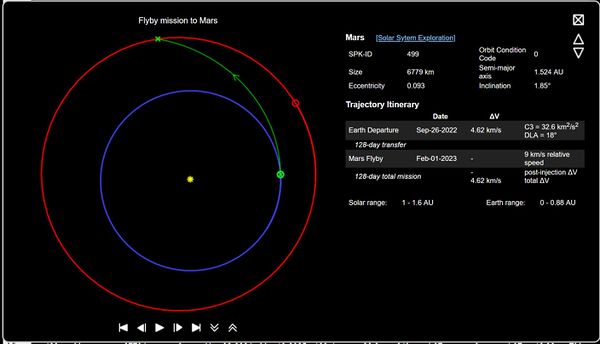Aerobraking
Aerobraking is a technique used by mission scientists to reduce the height of spacecraft orbits by allowing atmospheric drag to slow the spacecraft's velocity. Often the solar panels onboard orbiters can be used to maximize and control the amount of drag applied to the craft. This technique will ultimately minimize the requirement for the use of propellants (to slow the craft down), thereby optimizing cost effectiveness.
This technique was used to great effect on missions such as the ExoMars Trace Gas Orbiter in 2017, Mars Reconnaissance Orbiter in 2006 and Mars Odyssey in 2001, and is standard practice when spacecraft are being inserted into orbit or when a reduction in velocity is required.
Aerocapture
Aerocapture is a subcategory of aerobraking. Atmospheric drag is used to reduce velocity to a point the vehicle can enter a stable orbit with a minimum or no propellant burn. Aerocapture can be the prelude to descent and entry into the atmosphere. Aerocapture can subject a vehicle to very high accelerations, and for future manned mission will require very precise attitude controls for the vehicles.
Aerocapture can be used to shorten travel times between Earth and Mars, as well as with other planetary bodies in the solar system with atmospheres. The time of travel to Mars, for a similar deltaV expense, can be reduced from nine months, 270 days, for a Hohmann transfer orbit to about four months (128 days). This would reduce radiation doses by over 60% compared to the Hohmann transfer. This trajectory uses 4.62 km/s of deltaV. SpaceX Starship is designed for about 6 km/s of deltaV.
This type of orbit is much more dangerous than the Hohmann transfer orbit, as it requires a successful capture or the vehicle and crew are lost. The return velocity of Apollo was about 11 km/s, so the 9 km/s relative speed shown in the illustration should be manageable.







